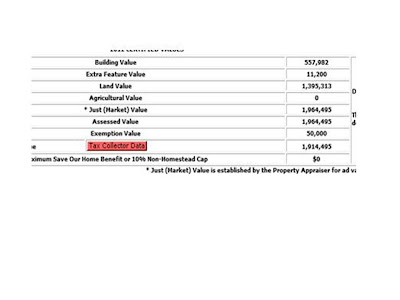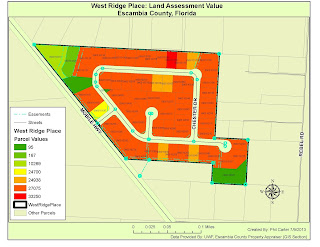As the title states this article is about participatory GIS
being used a tool in the management of natural resources. Although the article is ten years old, as a
natural resource manager, I still found it interesting and relevant. The article covers a study of three areas in
Peru where local farmers, Non-governmental organizations (NGOs), and GIS
professional worked together to analyze data, and produce information that
could be easily used to best manage
resources for farming and the grazing of animals. This
particular article covers many of the pros and cons concerning the use of
participatory GIS in natural resource management. It brings to light many of the factors that
need to be addressed such as who are the stakeholders, how will participatory
GIS help each of them, and what do these stakeholders bring to the table. Other things addressed in the article I
found useful were deciding what data was to be used, was the data already
available or did it need to be collect, if so, how would the data be collected
and by whom. Once the data was
collected and analyzed the article touched on the issue of what output or end
product did the stakeholders require or want. In this case map covering larger areas, or as
referred to in the article as catchments, were useful for management of
resources on a larger scale, however many of the stakeholders in the article
needed a deliverable of smaller scale such as parcel level. Unfortunately, as in the case many times,
data on the parcel scale turned out to be complex to provide and costly. I have
considered investing time and resources in such a project myself and having
read this article feel I have a better understanding of the process involved.
Link:
















